top of page


Join us now in building a
Net-Zero Blockchain
Please select a main-net to donate

bc1q6s6umnp9rfacyqg6xmq34n9gq66s3tu7p4mucg
Carbon Emissions
from Blockchain
65,004,552 tCO2eq
Total annual emissions from Bitcoin, Ethereum , and Solana
How much carbon does
your blockchain emit?
Blockchain Annual Carbon Emissions
65,004,522 tCO2e
Total annual emissions from Bitcoin, Ethereum , and Solana
65,000,000
4,519.3
2.8
Bitcoin Cumulative Carbon Emissions
332,090,000 tCO2e
The Cambridge Centre for Alternative Finance, 2010-2023
Cumulative 332,090,000
Annual 65,000,000
How much carbon does your blockchain emit?
Crypto users are also responsible
for blockchain carbon emissions.
Top10 Crypto Wallet Holders
Crypto users are also responsible
for blockchain carbon emissions.
Rank | Address | Balance | Share |
|---|---|---|---|
1 | 34xp4vRoCGJym3xR7yCVPFHoCNxv4Twseo | 248,598 ($25,055,793,125) | 1.26 |
2 | bc1qgdjqv0av3q56jvd82tkdjpy7gdp9ut8tlqmgrpmv24sq90ecnvqqjwvw97 | 156,010 ($15,724,034,803) | 0.79 |
3 | bc1ql49ydapnjafl5t2cp9zqpjwe6pdgmxy98859v2 | 141,575 ($14,269,125,719) | 0.72 |
4 | 3M219KR5vEneNb47ewrPfWyb5jQ2DjxRP6 | 102,552 ($10,336,064,298) | 0.52 |
5 | bc1qazcm763858nkj2dj986etajv6wquslv8uxwczt | 94,643 ($9,538,982,726) | 0.48 |
6 | 1FeexV6bAHb8ybZjqQMjJrcCrHGW9sb6uF | 79,957 ($8,058,779,665) | 0.4 |
7 | bc1qd4ysezhmypwty5dnw7c8nqy5h5nxg0xqsvaefd0qn5kq32vwnwqqgv4rzr | 79,000 ($7,962,307,559) | 0.4 |
8 | bc1q8yj0herd4r4yxszw3nkfvt53433thk0f5qst4g | 78,317 ($7,893,463,034) | 0.4 |
9 | bc1qjasf9z3h7w3jspkhtgatgpyvvzgpa2wwd2lr0eh5tx44reyn2k7sfc27a4 | 75,354 ($7,594,831,363) | 0.38 |
10 | bc1qa5wkgaew2dkv56kfvj49j0av5nml45x9ek9hz6 | 69,370 ($6,991,722,223) | 0.35 |
Crypto users are also
responsible for blockchain
carbon emissions.
The average temperature has
risen by 1.0ºC,
Only 0.5ºC
until the threshold.
The average temperature has risen by 1.0ºC,
Only 0.5ºC until the threshold.
Impacts of Rising Average Temperatures
Rise | Water | Food | Wellfare | Land | Biodiversity |
|---|---|---|---|---|---|
1ºC | Small mountain glaciers in the Andes disappear | Slight increase of crop yields in temperate zones | At least 3M annual deaths due to climate-related diseases | Infrastructure damage due to thawing in polar regions like Canada and Russia | At least 10% of species face extinction |
2ºC | Water availability decreases by 20-30% in vulnerable areas like Southern Africa and the Mediterranean | Significant decrease of crop yields in tropical regions | Up to 60M African population exposed to malaria | 10M population annually affected by coastal flooding | 15-40% of species face extinction |
3ºC | Severe droughts in Southern Europe every decade | 150-550M additional population exposed to hunger | 10-30M deaths from malnutrition | Up to 170M population annually affected by coastal flooding | 20-50% of species face extinction |
4ºC | Water availability decreases by 30-50% in Southern Africa and the Mediterranean | African crop yields decreases by 15-35% | Up to 80M African population exposed to malaria | Up to 300M population annually affected by flooding | Substantial loss of Arctic tundra |
5ºC | Massive glacier loss in the Himalayas | Ocean acidification accerlerates | Sea level rise threatens major cities: Florida, New York, London, and Tokyo |
Rise | Water | Food | Wellfare | Land | Biodiversity |
|---|---|---|---|---|---|
1ºC | Small mountain glaciers in the Andes disappear | Slight increase of crop yields in temperate zones | At least 3M annual deaths due to climate-related diseases | Infrastructure damage due to thawing in polar regions like Canada and Russia | At least 10% of species face extinction |
2ºC | Water availability decreases by 20-30% in vulnerable areas like Southern Africa and the Mediterranean | Significant decrease of crop yields in tropical regions | Up to 60M African population exposed to malaria | 10M population annually affected by coastal flooding | 15-40% of species face extinction |
3ºC | Severe droughts in Southern Europe every decade | 150-550M additional population exposed to hunger | 10-30M deaths from malnutrition | Up to 170M population annually affected by coastal flooding | 20-50% of species face extinction |
4ºC | Water availability decreases by 30-50% in Southern Africa and the Mediterranean | African crop yields decreases by 15-35% | Up to 80M African population exposed to malaria | Up to 300M population annually affected by flooding | Substantial loss of Arctic tundra |
5ºC | Massive glacier loss in the Himalayas | Ocean acidification accerlerates | Sea level rise threatens major cities: Florida, New York, London, and Tokyo |

How much time and effort would it take to reduce the carbon emissions from blockchain?
How much time and effort would it take to reduce
the carbon emissions from blockchain?
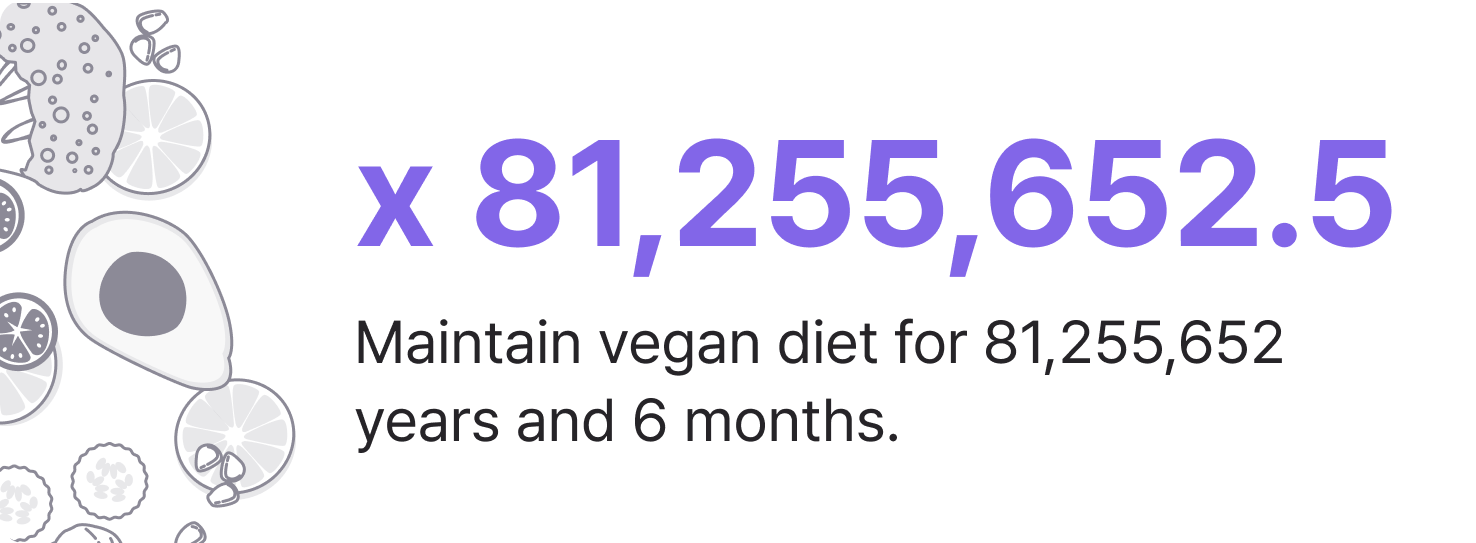
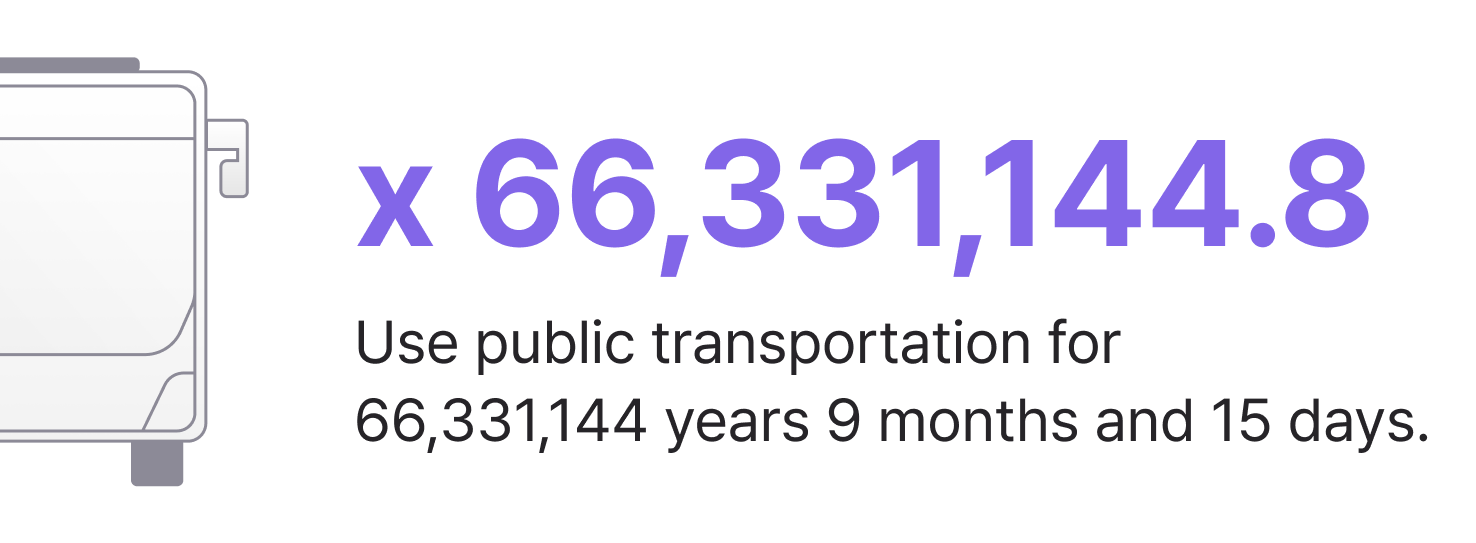
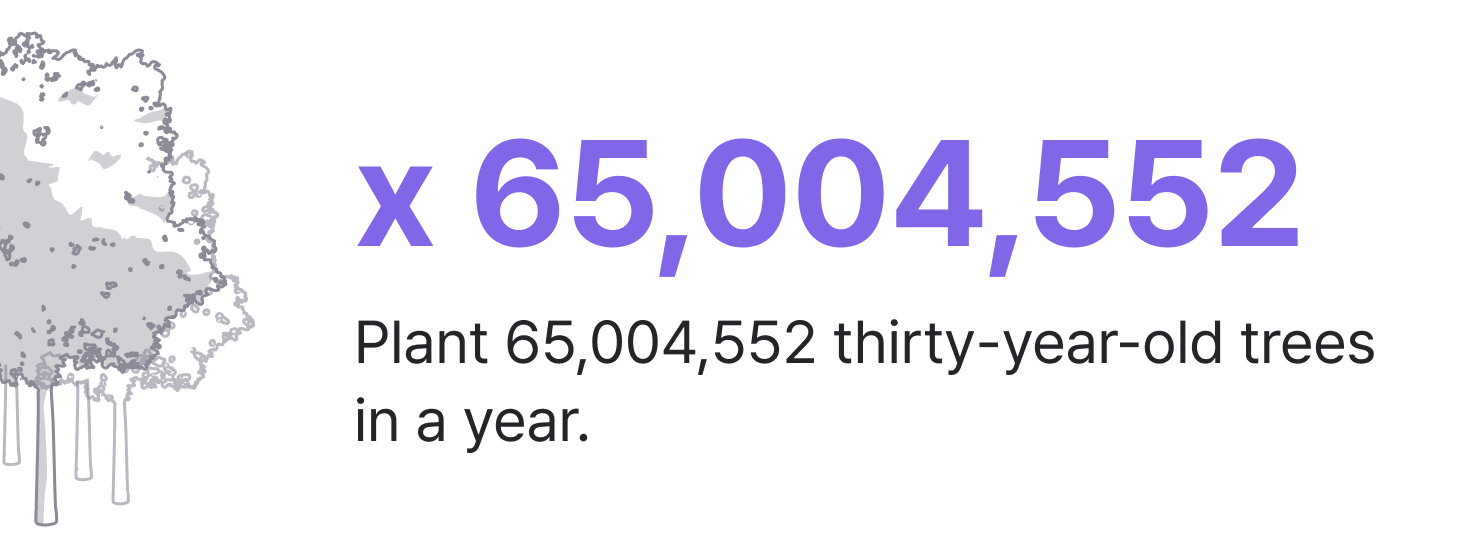
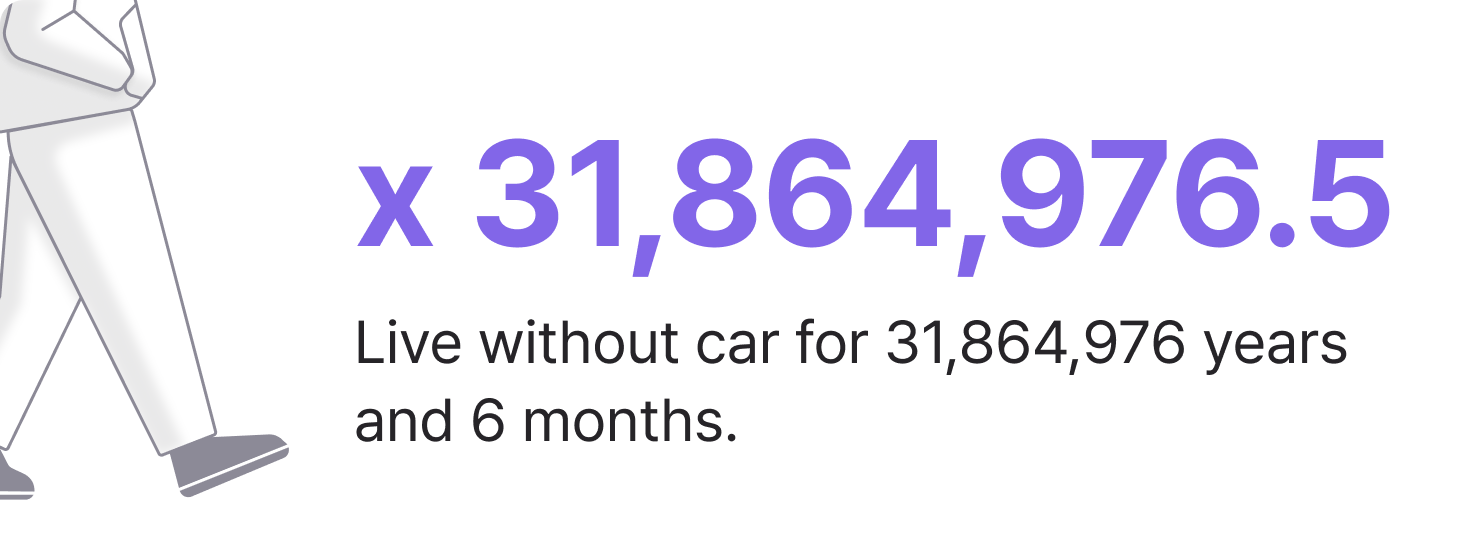
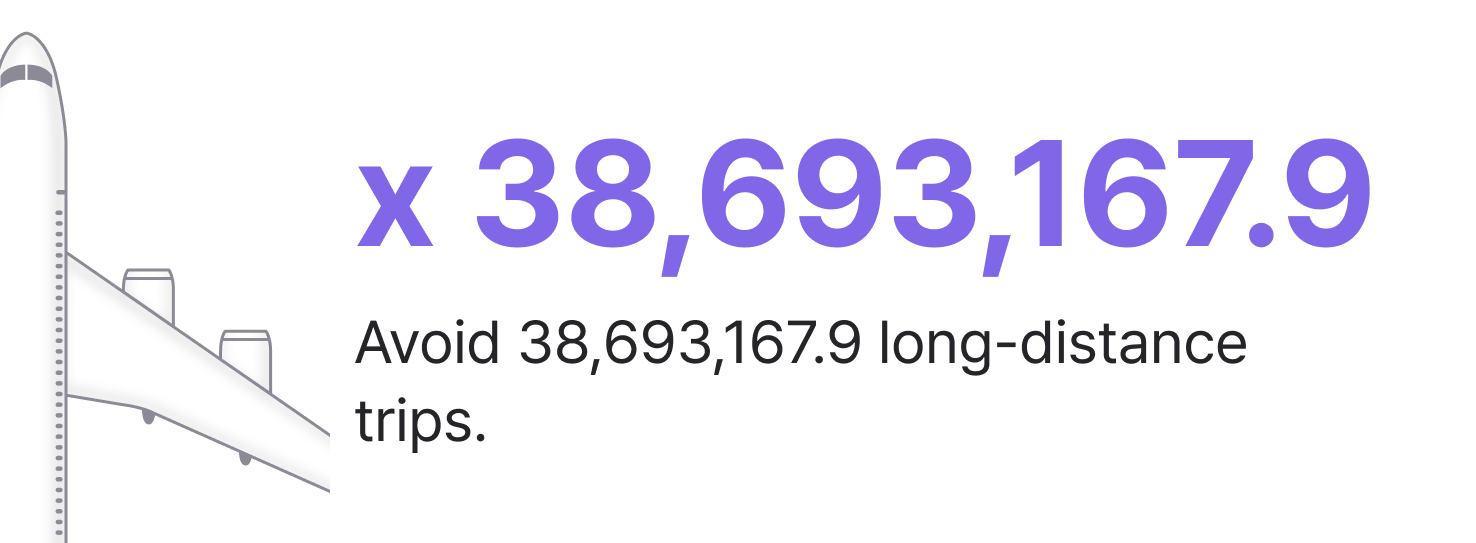
Offset Carbon More
Effectively by Purchasing
Carbon Creidts
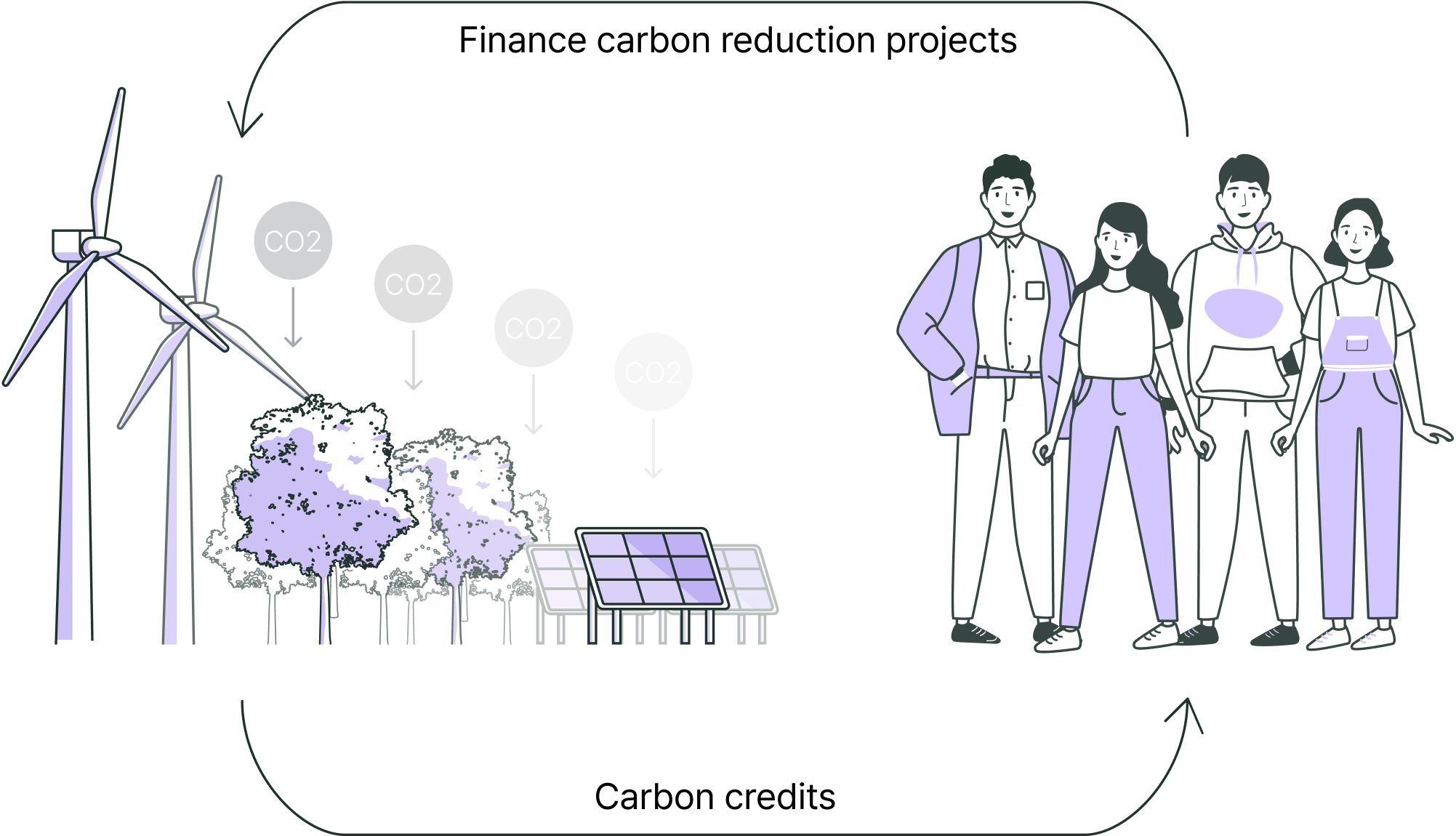
What is Voluntary Carbon Credit?
A carbon credit is a certificate issued based on measurable and verified reductions in carbon emissions through certified carbon reduction projects. When a company or project develop invests in or implements initiatives to reduce carbon emissions, global certification bodies such as UN, Verra, and Gold Standard verify and certify the results. These certified carbon credits can be traded in voluntary carbon markets, allowing owners to offset a certain amount of carbon emissions.
Virtuous Cycle of Carbon Credit Issuance and Purchase
When we purchase carbon credits to offset carbon, the funds are used for projects such as generating electricity from renewable energy sources, planting trees to restore forests, or improving energy efficienc. This helps to promote more carbon reduction initiatives and ultimately contributes to reducing global GHG.
Carbon credits need to be offset as soon as possible so that new reduction projects can be launced. This not only expands the participation of companies but also encourages individuals to take climate action. Purchasing carbon credits creates a virtuous cycle that supports climate change mitigation and helps protect the Earth.
What is Voluntary Carbon Credit?
A carbon credit is a certificate issued based on measurable and verified reductions in carbon emissions through certified carbon reduction projects. When a company or project develop invests in or implements initiatives to reduce carbon emissions, global certification bodies such as UN, Verra, and Gold Standard verify and certify the results. These certified carbon credits can be traded in voluntary carbon markets, allowing owners to offset a certain amount of carbon emissions.
Virtuous Cycle of Carbon Credit Issuance and Purchase
When we purchase carbon credits to offset carbon, the funds are used for projects such as generating electricity from renewable energy sources, planting trees to restore forests, or improving energy efficient. This helps to promote more carbon reduction initiatives and ultimately contributes to reducing global GHG.
Carbon credits need to be offset as soon as possible so that new reduction projects can be launced. This not only expands the participation of companies but also encourages individuals to take climate action. Purchasing carbon credits creates a virtuous cycle that supports climate change mitigation and helps protect the Earth.
Join us now in building a Net-Zero Blockchain
Join us now in building
a Net-Zero Blockchain
bottom of page



























